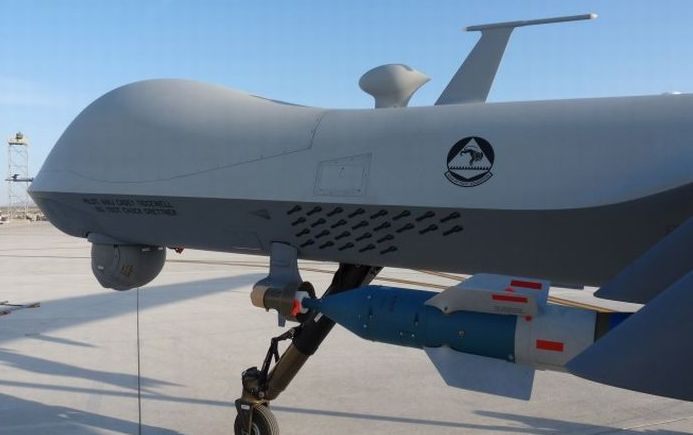|
|
Unmanned Aerial Vehicle (UAV)
|
UAVs can transport goods using various means based on the configuration of the UAV itself. Most payloads are stored in an internal payload bay somewhere in the airframe. For many helicopter configurations, external payloads can be tethered to the bottom of the airframe. With fixed wing UAVs, payloads can also be attached to the airframe, but aerodynamics of the aircraft with the payload must be assessed. For such situations, payloads are often enclosed in aerodynamic pods for transport.
• Scientific research
Unmanned aircraft are uniquely capable of penetrating areas which may be too dangerous for piloted craft. The National Oceanic and Atmospheric Administration (NOAA) began utilizing the Aerosonde unmanned aircraft system in 2006 as a hurricane hunter. AAI Corporation subsidiary Aerosonde Pty Ltd. of Victoria (Australia), designs and manufactures the 35-pound system, which can fly into a hurricane and communicate near-real-time data directly to the National Hurricane Center in Florida. Beyond the standard barometric pressure and temperature data typically culled from manned hurricane hunters, the Aerosonde system provides measurements far closer to the water’s surface than previously captured. Further applications for unmanned aircraft can be explored once solutions have been developed for their accommodation within national airspace, an issue currently under discussion by the Federal Aviation Administration. UAVSI, the UK manufacturer also produce a variant of their Vigilant light UAS (20 kg) designed specifically for scientific research in severe climates such as the Antarctic.
|
|









